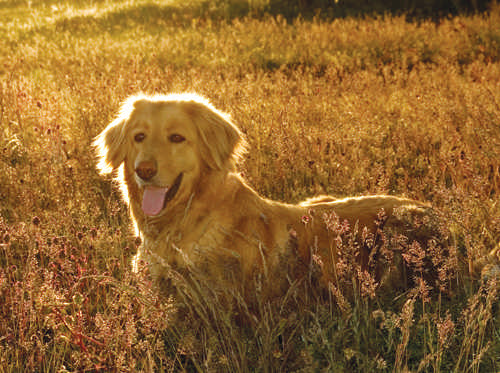In the early morning and late afternoon when the sun is low, the light is gold and orange, giving your shot the warmth of a log fire. Professional photographers and videographers call these the “magic hours” and most movies and magazine shots are made during this brief time. It takes extra planning, but saving your photography for one hour after sunrise, or one to two hours before sunset will add stunning warmth to your shots.
Plan your day
Assuming a sunrise at 6 a.m. and sunset at 7 p.m., and that your spouse/kids/friends suddenly give you the reverence and servility you so obviously deserve, a good day might be:
? 5 a.m. Pre-dawn: A pink, ethereal light and dreamy mist for lakes, rivers and landscapes.
? 6-7 a.m. Dawn: Crisp, golden light for east-facing subjects.
? 7-10 a.m. Early morning: The cabin comes to life.
? 10 a.m.-2 p.m. Midday: The sun is too harsh for landscapes and people, but perfect for buildings.
? 2-4 p.m. Afternoon: Deep blue skies with a polarizer.
? 4-6:45 p.m. Late Afternoon: Terrific warm, golden light on west-facing subjects. Best time for landscapes and people, particularly one hour before sunset.
? 6:45-7:30 p.m. Sunset: Great skies 10 minutes before until 10 minutes after sunset.
? 7:30-8 p.m. Dusk: Great for horizons, while there’s still a purple color to the sky.
? 9 p.m. Nighttime: Take nighttime shots, or go to bed. You’ve got to be up early tomorrow!
Andrew Hudson is a professional photographer, author and founder of Photo Tour Books, Inc., www.photosecrets.com.











